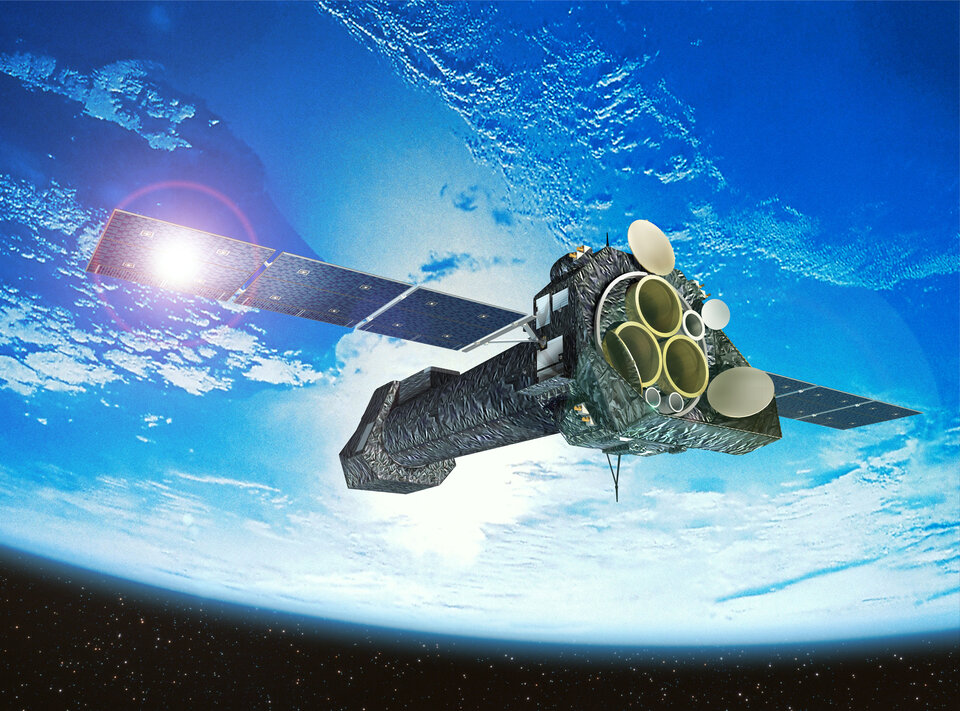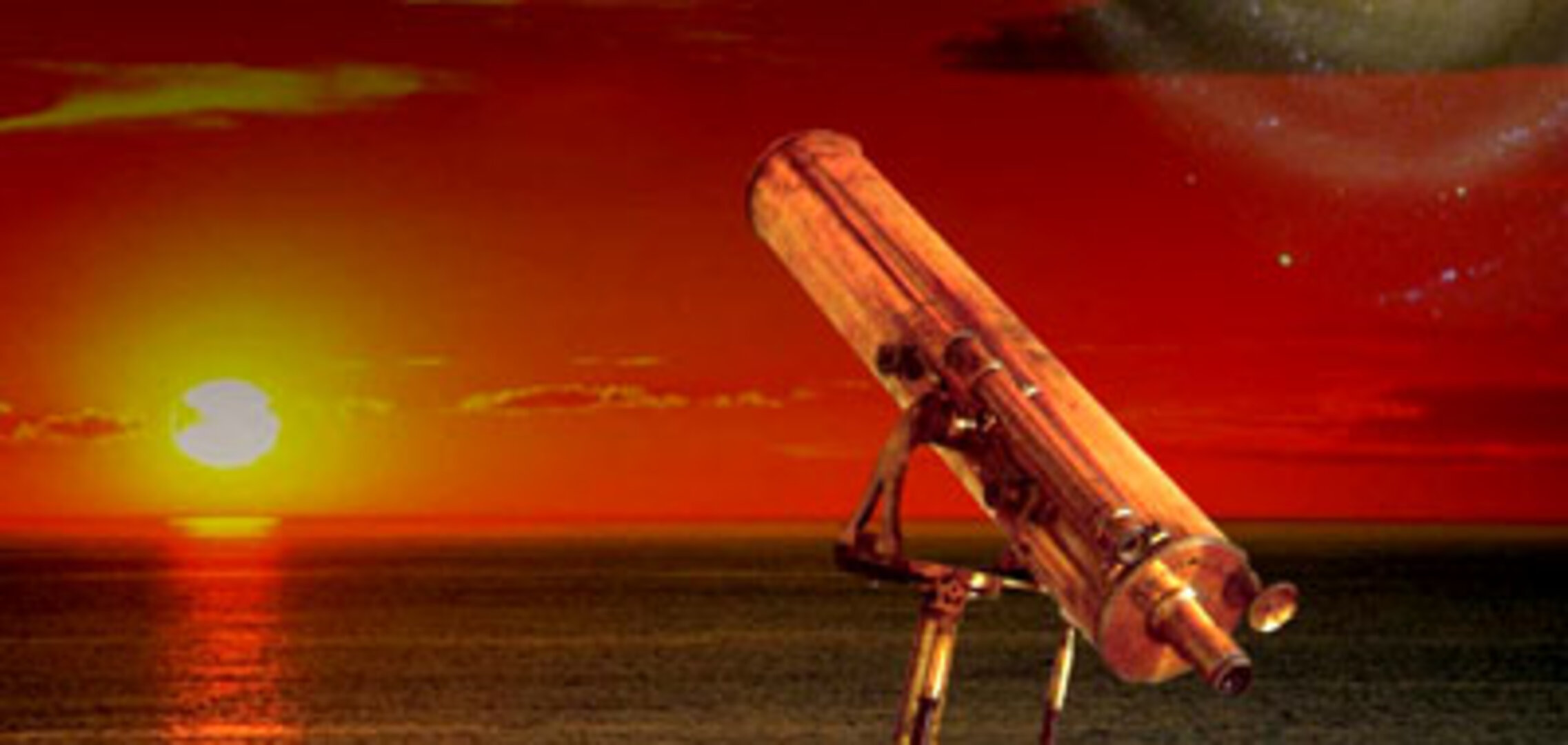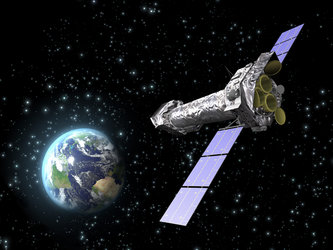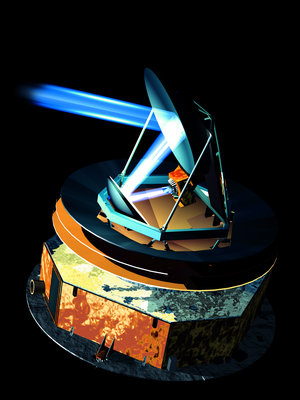Move over, it's my turn on the telescope!
Whether you are an amateur or professional astronomer, the vastness of the Universe can often be overwhelming. So how do you decide on which way to point your telescope, and on what do you focus?
If you are an amateur astronomer, the question of where to point your telescope can be difficult enough to decide. However, for professional astronomers, using ESA's large orbiting space telescopes, there are even more things to consider.
The process for selecting what objects to observe goes like this. Astronomers think of ideas about what would be an interesting target for the telescope. For example, currently, many scientists are searching for planets orbiting other stars. They summarise their proposal and submit it to a Peer Review Board, which is a group of independent scientists from all over the world who can take an objective view.
The Board considers the reasons why the astronomers believe the research is important, and how they plan to go about it. The Board then makes a decision to award 'time' on a telescope.

Time on a space telescope is fantastically oversubscribed. For every proposal approved by the Hubble Peer Review Board, for example, another seven have to be turned down. For XMM-Newton, five proposals out of six have to be rejected.
The Board also has to juggle the names on a telescope's 'appointment card' to make best use of its time, given many factors. For example, not every object is visible to the telescope at any time of the year. Spacecraft have to have the solar arrays always pointed to the Sun to get their energy, and this affects the orientation of the telescope.
Submitting ideas
Would an amateur astronomer who comes up with a good idea for Hubble to investigate be able to submit a proposal in the same way? "Actually no," says Guido De Marchi, scientific and technical advisor in communication at ESA’s European Space Technology and Research Centre in The Netherlands. He has worked on the ESA Hubble team in Baltimore, United States.
"When Hubble was first launched, a small amount of its time was devoted to amateur astronomers," says De Marchi. "Nowadays, though, your proposal has to show that you are a professional scientist, by including a list of your own publications, though astronomy students are also encouraged to send in their ideas."
Good news
However, De Marchi does have some encouraging news for enthusiastic amateur astronomers who want to get hold of data from these powerful telescopes. "Usually after one year, the data collected by the telescope become freely available to all astronomers," he says. "The Astrophysical Virtual Observatory, an international project launched in 2001, gives scientists instant access to data from ground- and space-based telescopes via the Internet. You can still make some very interesting discoveries after the data have become public."
So next time you go out at night to watch the stars with a group of friends and you have to share the only telescope, be patient. There are many astronomers who know how you feel.









